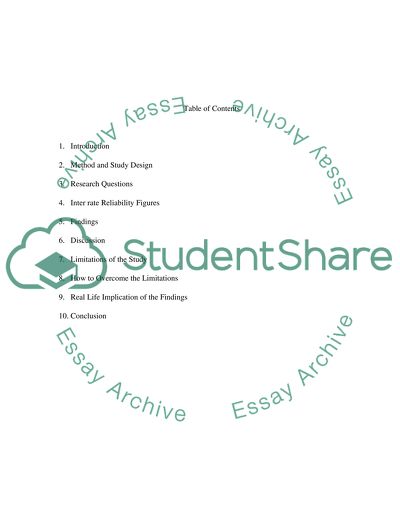Cite this document
(“Observation of pre-school children in a strange situation Lab Report”, n.d.)
Observation of pre-school children in a strange situation Lab Report. Retrieved from https://studentshare.org/miscellaneous/1692656-observation-of-pre-school-children-in-a-strange-situation
Observation of pre-school children in a strange situation Lab Report. Retrieved from https://studentshare.org/miscellaneous/1692656-observation-of-pre-school-children-in-a-strange-situation
(Observation of Pre-School Children in a Strange Situation Lab Report)
Observation of Pre-School Children in a Strange Situation Lab Report. https://studentshare.org/miscellaneous/1692656-observation-of-pre-school-children-in-a-strange-situation.
Observation of Pre-School Children in a Strange Situation Lab Report. https://studentshare.org/miscellaneous/1692656-observation-of-pre-school-children-in-a-strange-situation.
“Observation of Pre-School Children in a Strange Situation Lab Report”, n.d. https://studentshare.org/miscellaneous/1692656-observation-of-pre-school-children-in-a-strange-situation.


